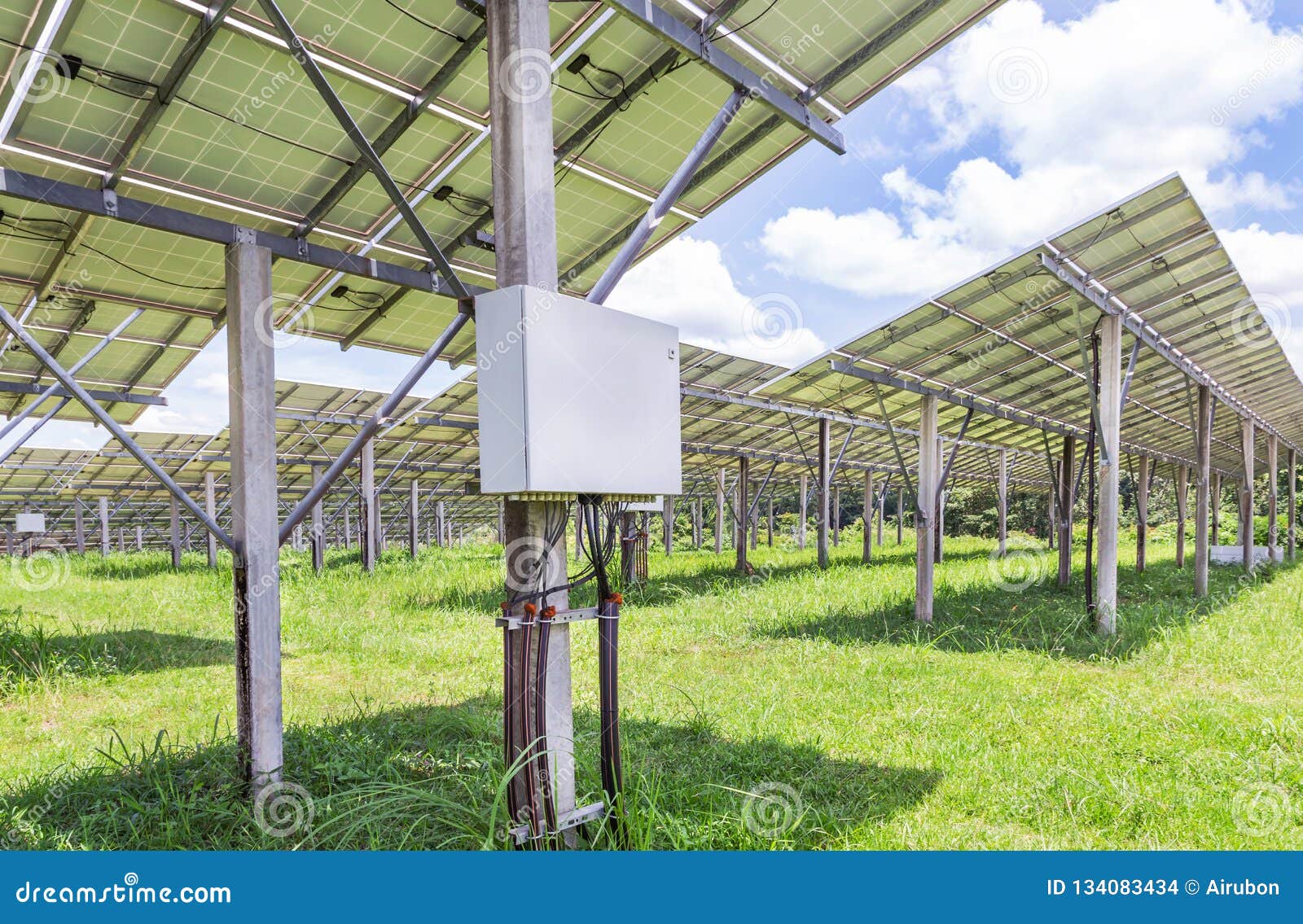

The one-axis trackers are designed to track the sun movement from the east to the west while the two-axis systems track the sun’s daily and seasonal course and are overwhelmingly used with PV concentrator systems. There are two different types of mounted structures for tracking systems, that are one-axis and two-axis. Tracking system mounted racks can be used for all kinds of solar tracking systems as well as solar water pumping systems, allowing for a maximum of sun radiation that can be used for generating electricity. They are particularly used for remote lighting systems that already come with a pole where they can be easily attached to. Side-of-pole mounted racks are normally used for solar systems that comprise a small number of modules. The advantage is that it is rather not exposed to vandalism and accumulation of dirt, leaves and snow, but are not easy to clean. Top-of-pole mounted racks are structures where mounting poles are secured into the ground and tightened with concrete and the solar module is mounted on the top of the poles. Therefore, ground-mounted racks are only recommended for secure locations preferably in clean and stable environments (with few snow or dirt on-ground). Ground mounted structures run danger of being exposed to vandalism, accumulation of dirt, leaves and snow at the bottom of the array. Ground mounted racks do not require GFP, but need a precise foundation setup. Moreover, according to 690-5 of the US National Electrical Code-NEC they require expensive ground fault protection (GFP).
#Side view solarcell free#
Roof mounted racks typically keep the wire run distances between the solar array and the battery bank or inverter to a minimum, but require roof penetrations and run danger of causing roof leakages, thus the roof must be well sealed.Īnother disadvantage of roof mounted structures can come up if the roof orientation and angle is not optimal, thus wasting lots of potential energy that your system could generate.įor optimal system efficiency using a roof mounted structure you need to ensure that there is no shadow from trees or other buildings in the optimally free airflow path of your solar panels. In the solar market there are five basic types of mounting structures of which four a fixed-angle types (a-d) and one variable-angle type (e):

They are either mounted on ground, on roofs or on poles.

Solar modules need to be secured, mounted and tightened on a very stable and durable structure, protecting the array against impacts from snow, wind, hail, rain and even minor earthquakes. Since it is a costly investment, the choice of mounting racks should not be disregarded as a minor consideration if purchasing solar systems or mounting solar modules. Speaking about solar PV systems most people usually refer at first to solar panels, secondly to inverters and batteries, thirdly to charge controllers.īut what about the structures you need to mount your system on a roof or a tracking systems? The correct and proper choice of the mounting racks (also called: mounting structures) for your solar system project is very essential in terms of the overall production, efficiency and lifetime of your solar panels.


 0 kommentar(er)
0 kommentar(er)
